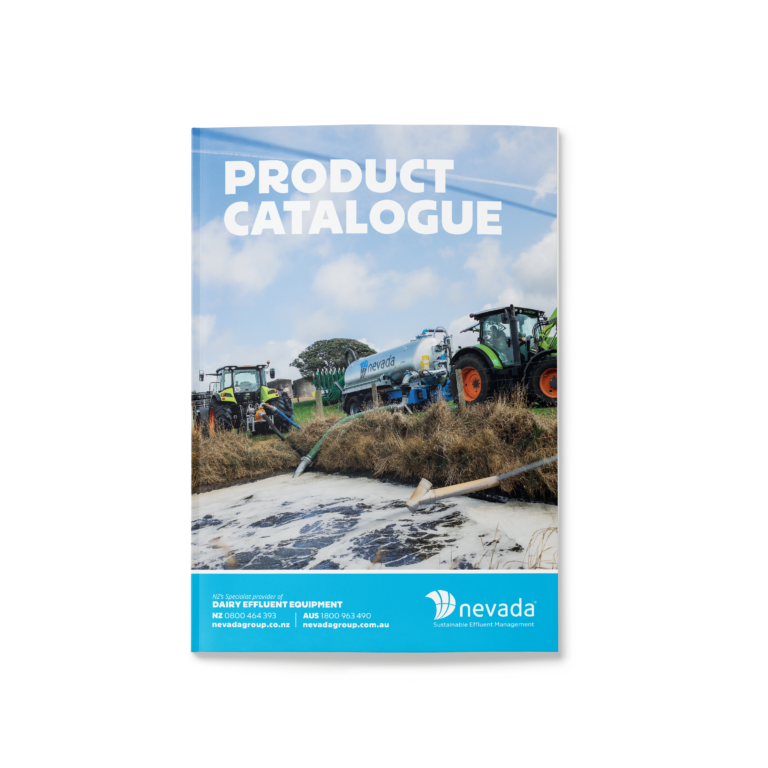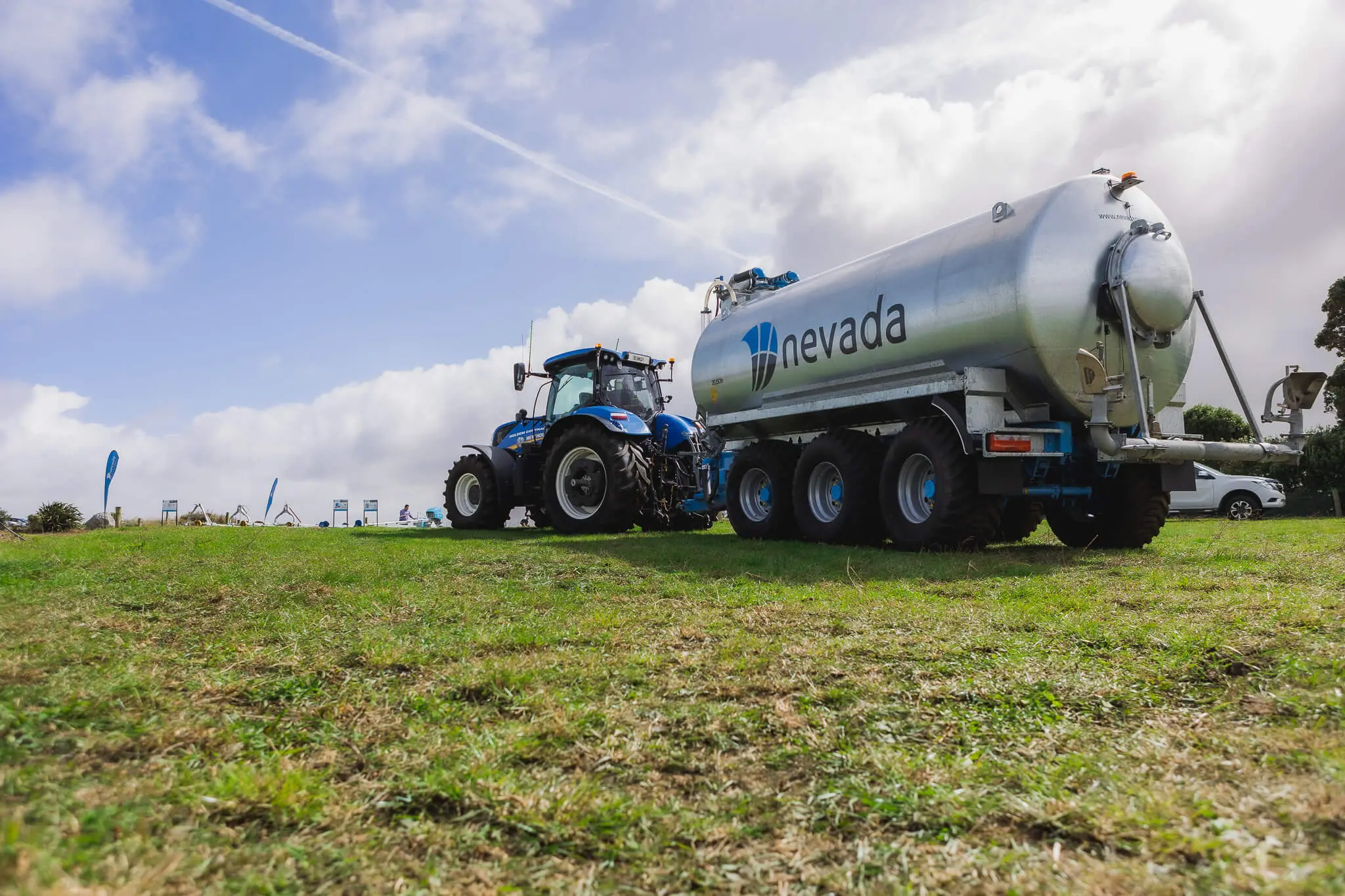- Sustainable Effluent Management
If it’s leaking, pond lining will be your best option for fixing that up. Signs of leaking may be patches of consistently damp ground with very green grass, or ponding. However leaking can occur without any noticeable signs.
A lot of dairy farmers are choosing to line their effluent ponds for peace of mind, knowing their pond is futureproofed and council compliant. The costs of pond lining are often much less than expected, and having a lined pond means you’ll be much less likely to be asked to carry out a time consuming and expensive drop test to prove there’s no leaks. Often councils will be satisfied if presented with a certificate from the lining company.
So ultimately, if you want to be assured of no future issues with leaking or council compliance – get it lined.
If you have an existing pond, this will need to be drained to line it. This may mean temporarily diverting effluent to alternative storage, such as your sump, secondary ponds, or hiring a bladder tank. If alternative storage is not an option, the best time to empty the pond for lining is immediately after milking season has ended.
The type of pond lining chosen often comes down to cost and preference. Below is a review of the three most common pond lining options.
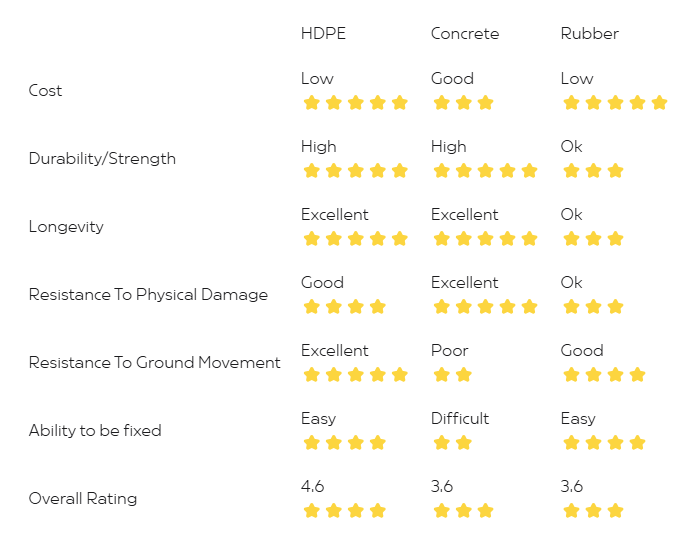
High density polyethylene plastic (HDPE) is a cost effective, durable and technologically advanced solution. They are compliant with environmental and regional regulations and are designed to last for over 100 years. HDPE liners provide the best in high tensile strength, tear resistance, and are welded together to ensure high join integrity. So these liners are low cost, long lasting, durable, and reasonably easy to repair if required, however it is recommended to use a propellor protection ring when operating your stirrer to ensure there is no chance of the propellor hitting the lining.
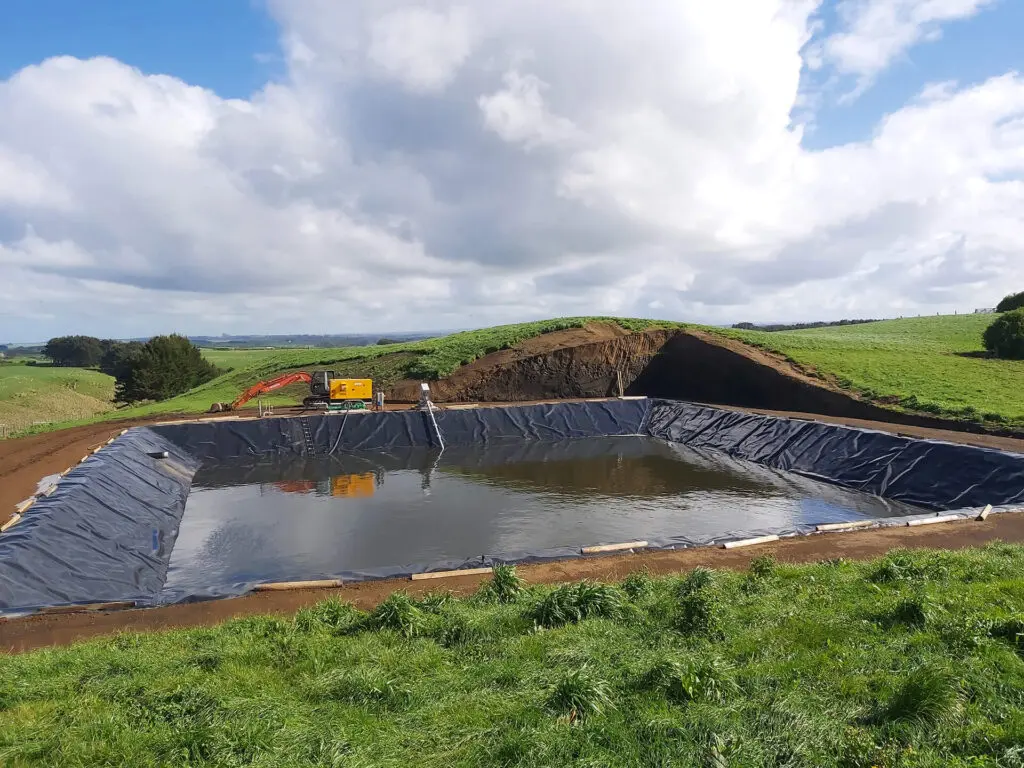
A long standing, proven product, concrete can also be a good option. Many farmers like concrete as it provides a solid, permanent structure, meaning there is no risk of damage from stirrers or diggers. Concrete is a little more expensive than the other options and can be susceptible to earthquake damage given it is a solid material. It is also harder to reseal once cracked.
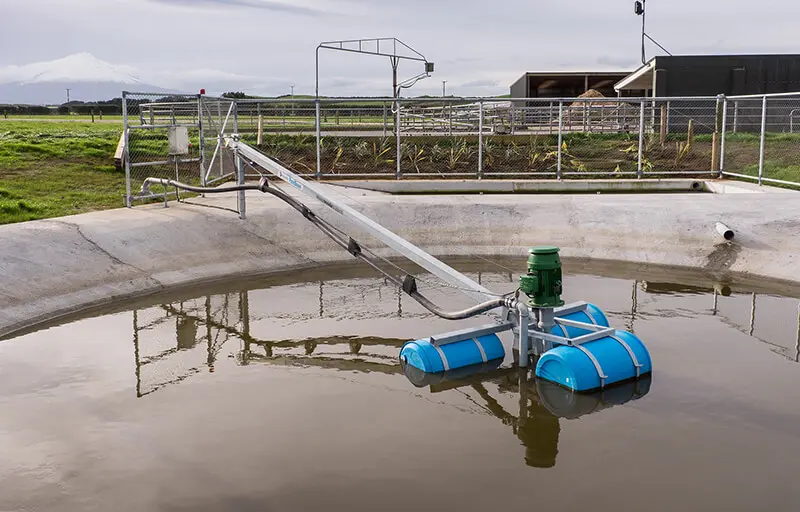
Rubber lining looks great but is generally only recommended for ornamental ponds as it doesn’t have the durability needed for ensuring a leak free effluent pond. As rubber can’t be welded, it must be glued or taped together, making the seams less durable. Rodents are also rather partial to a bit of rubber when hungry. More importantly, with rubber you could have a leak and not know it, so you won’t be getting the assurance you want when lining an effluent pond.
When you’re looking to invest in the install or upgrade of dairy effluent systems and equipment, you want to get it right the first time. As accredited effluent system designers with over 30 years experience, we’re here to support you in getting the system and effluent equipment you need for an efficient, effective, council compliant effluent management system that’ll enhance the value of your farm.
"*" indicates required fields
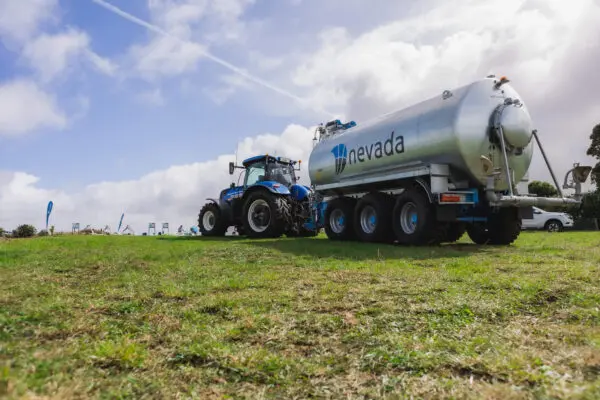
"*" indicates required fields

"*" indicates required fields

"*" indicates required fields
